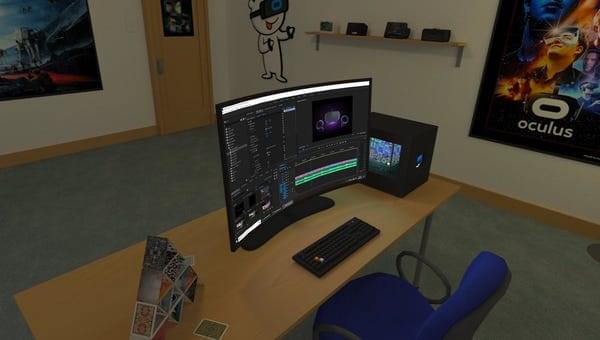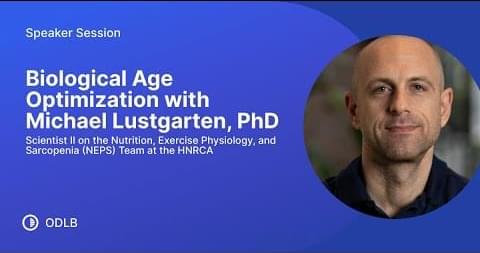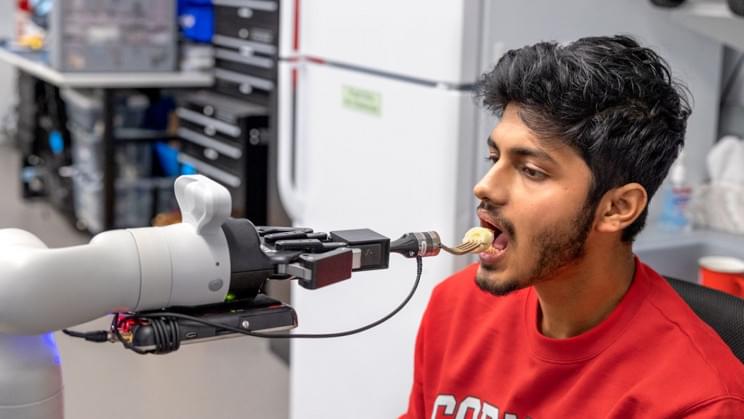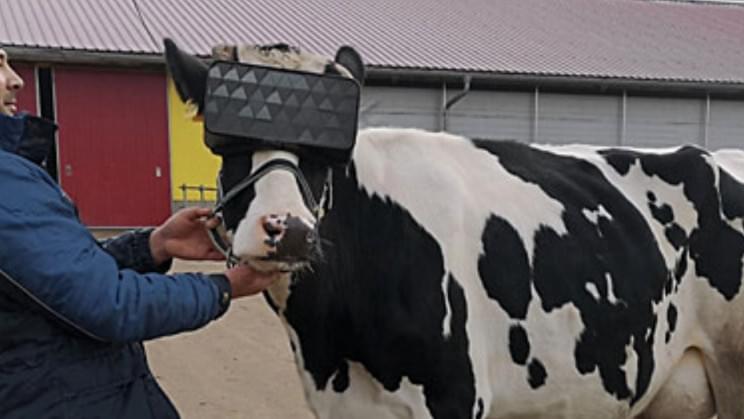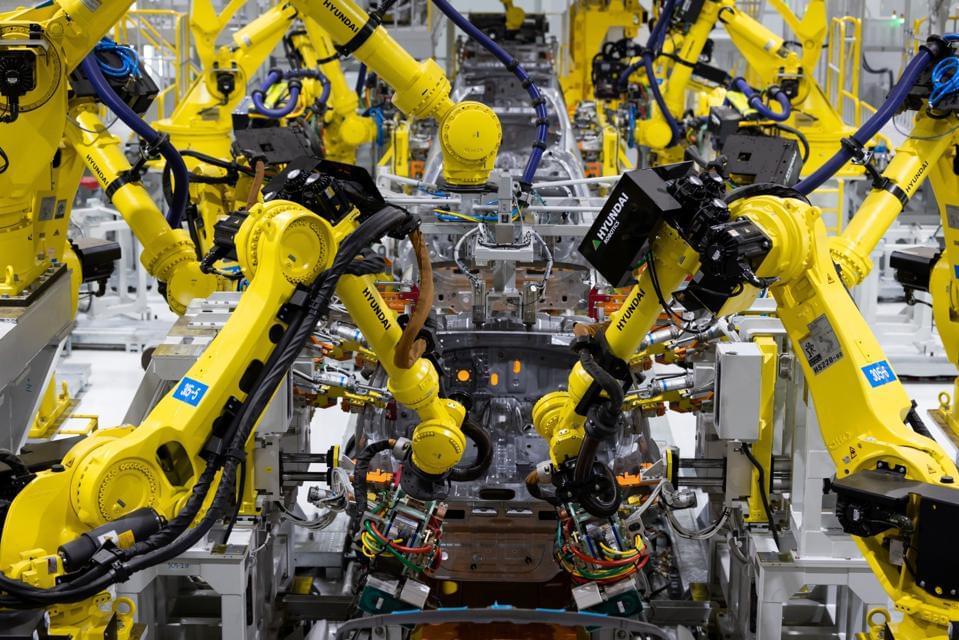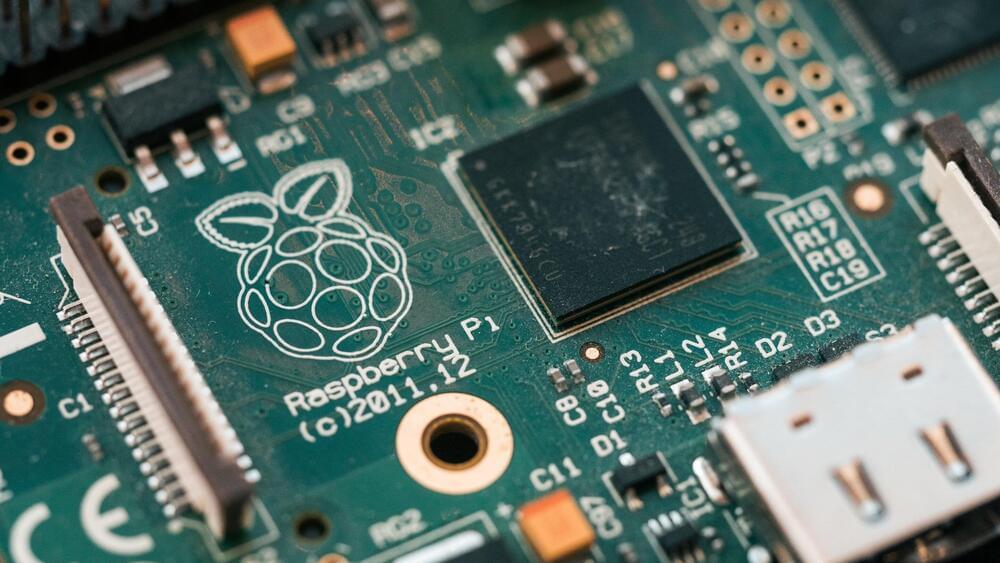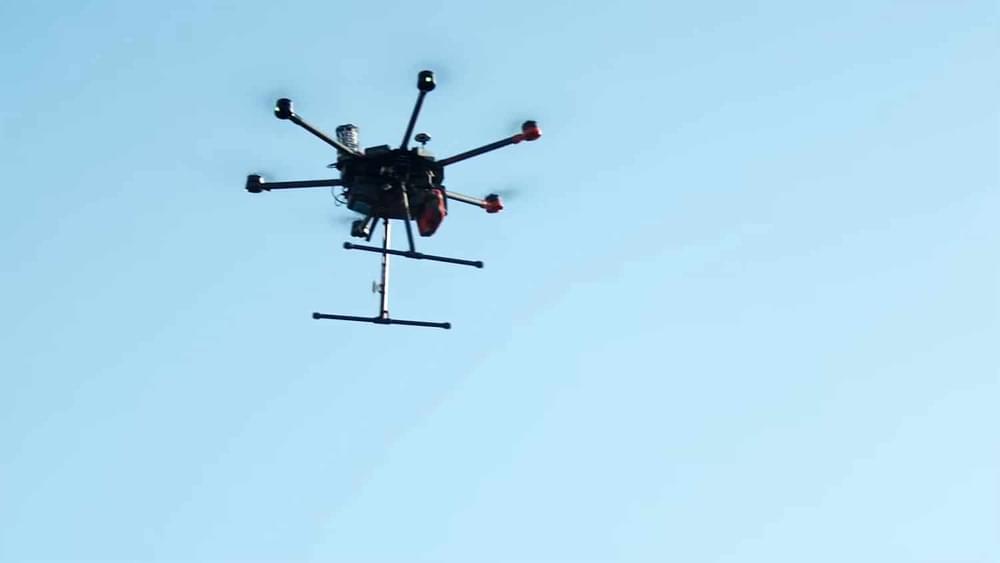Jan 11, 2022
Oculus Quest Now Supports Hassle-Free Wireless SteamVR Gaming
Posted by Shubham Ghosh Roy in categories: entertainment, virtual reality
Oculus Quests a re some of the best wireless VR headsets you can buy. But they can’t run high-end games like those found in the Steam Store. You can connect to a PC with a cable, but that’s inconvenient. Wirelessly streaming VR games required jumping through hoops with using developer mode and SideQuest. But with the $20 Virtual Desktop app, that’s not the case anymore.
Virtual Desktop always had the capability to wirelessly stream SteamVR games, in truth. You could install the streaming app on your PC and then your Oculus Quest VR headset, and as far as the app was concerned, you would have been good to go. But Oculus prevented the app from streaming VR games and limited it to just controlling your PC in a VR environment. It did so in the name of customer experience.
